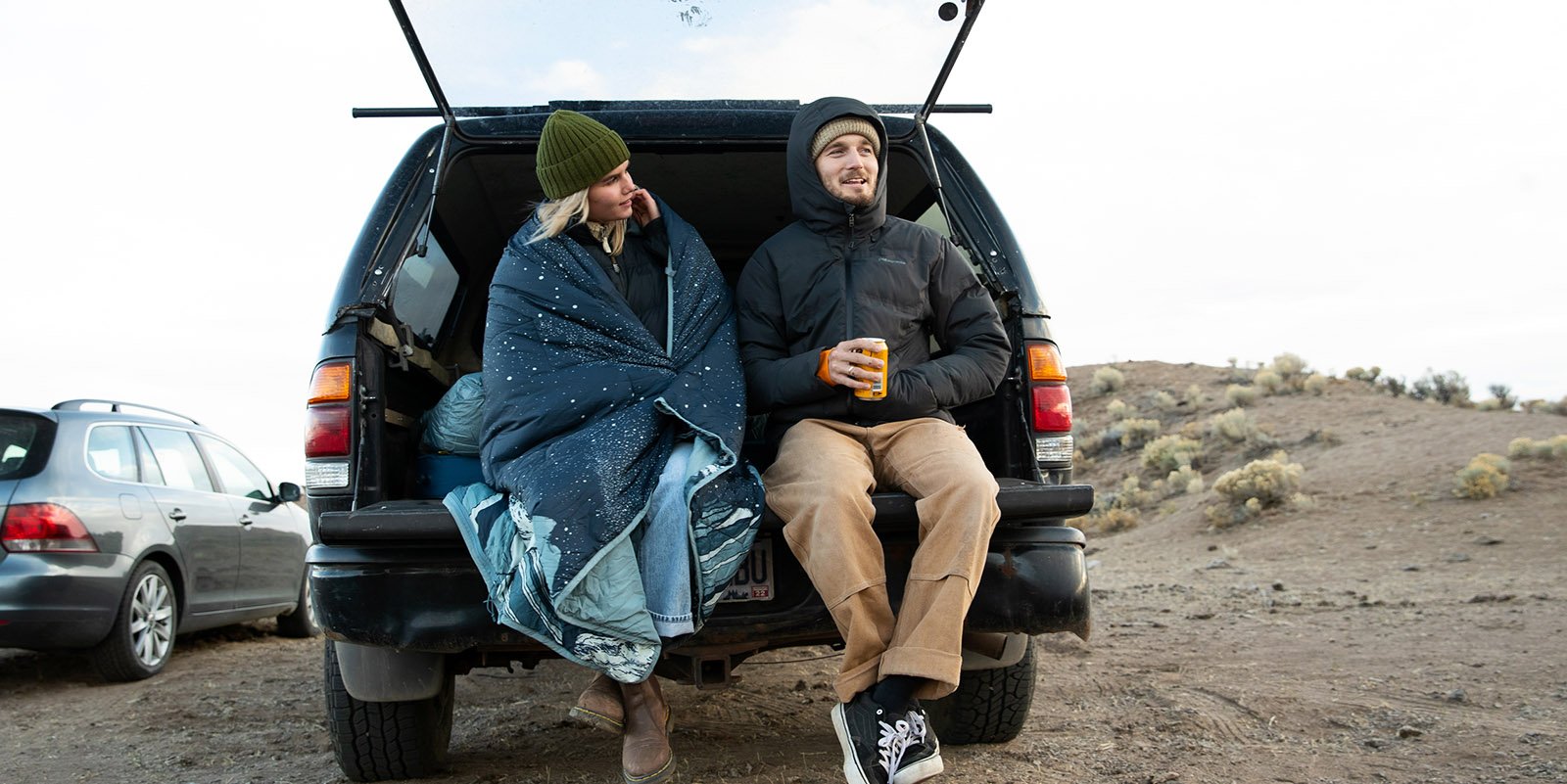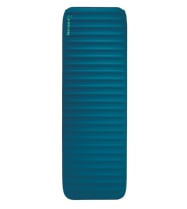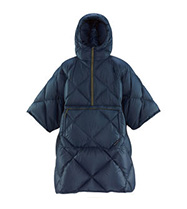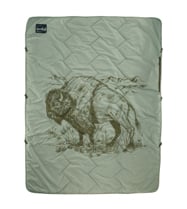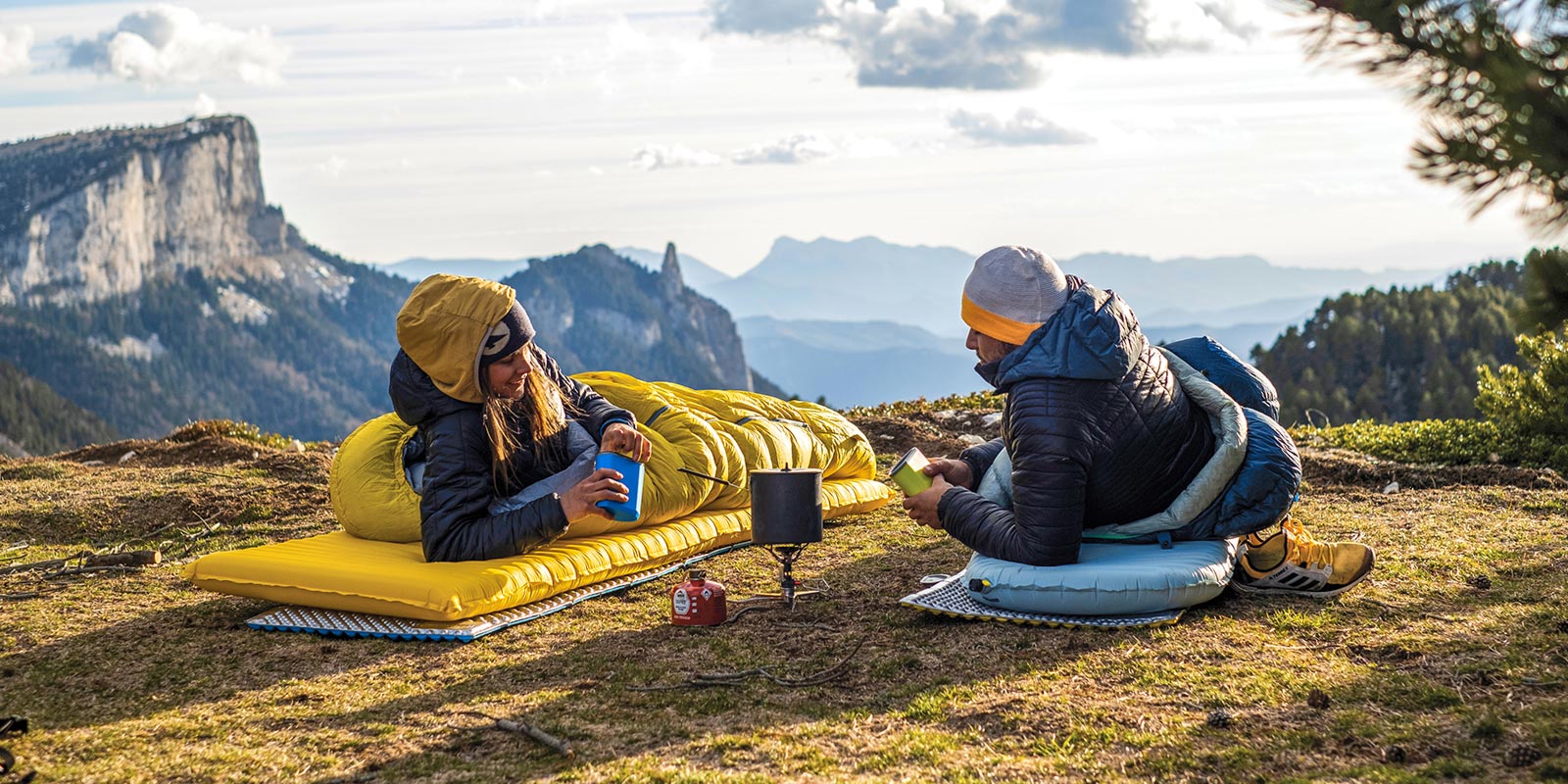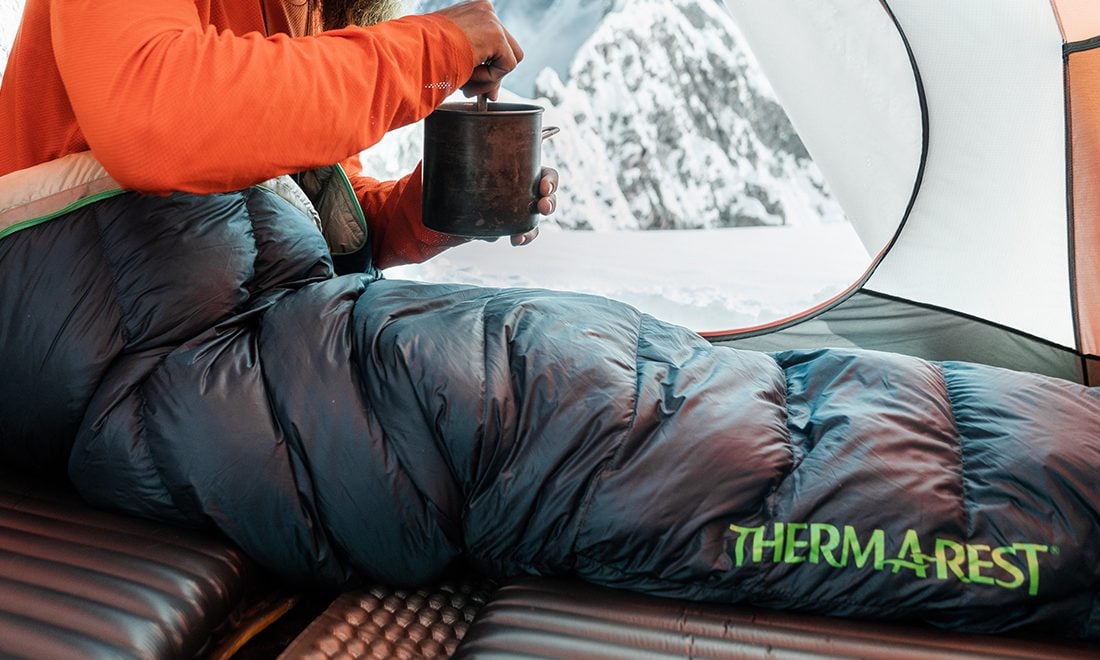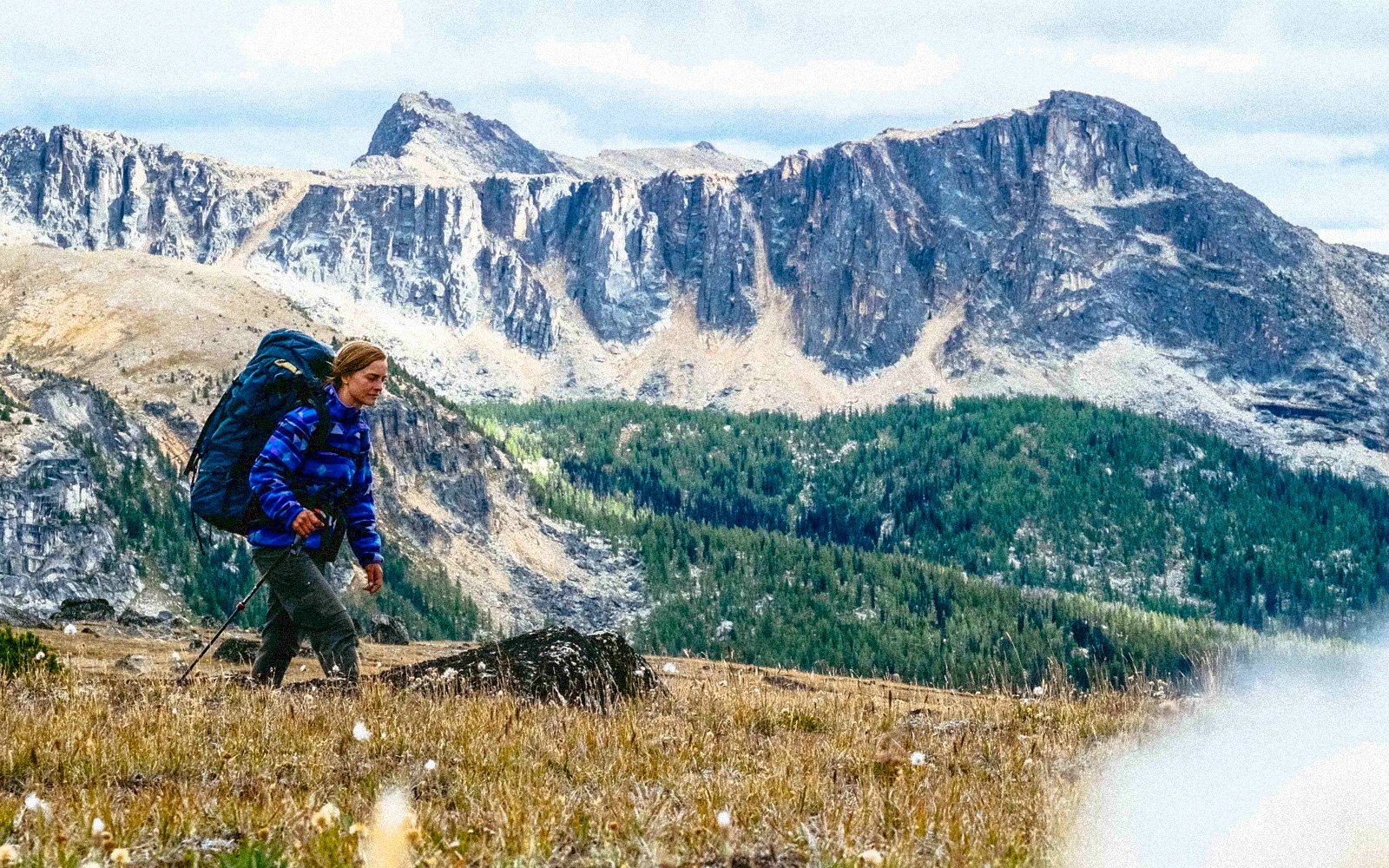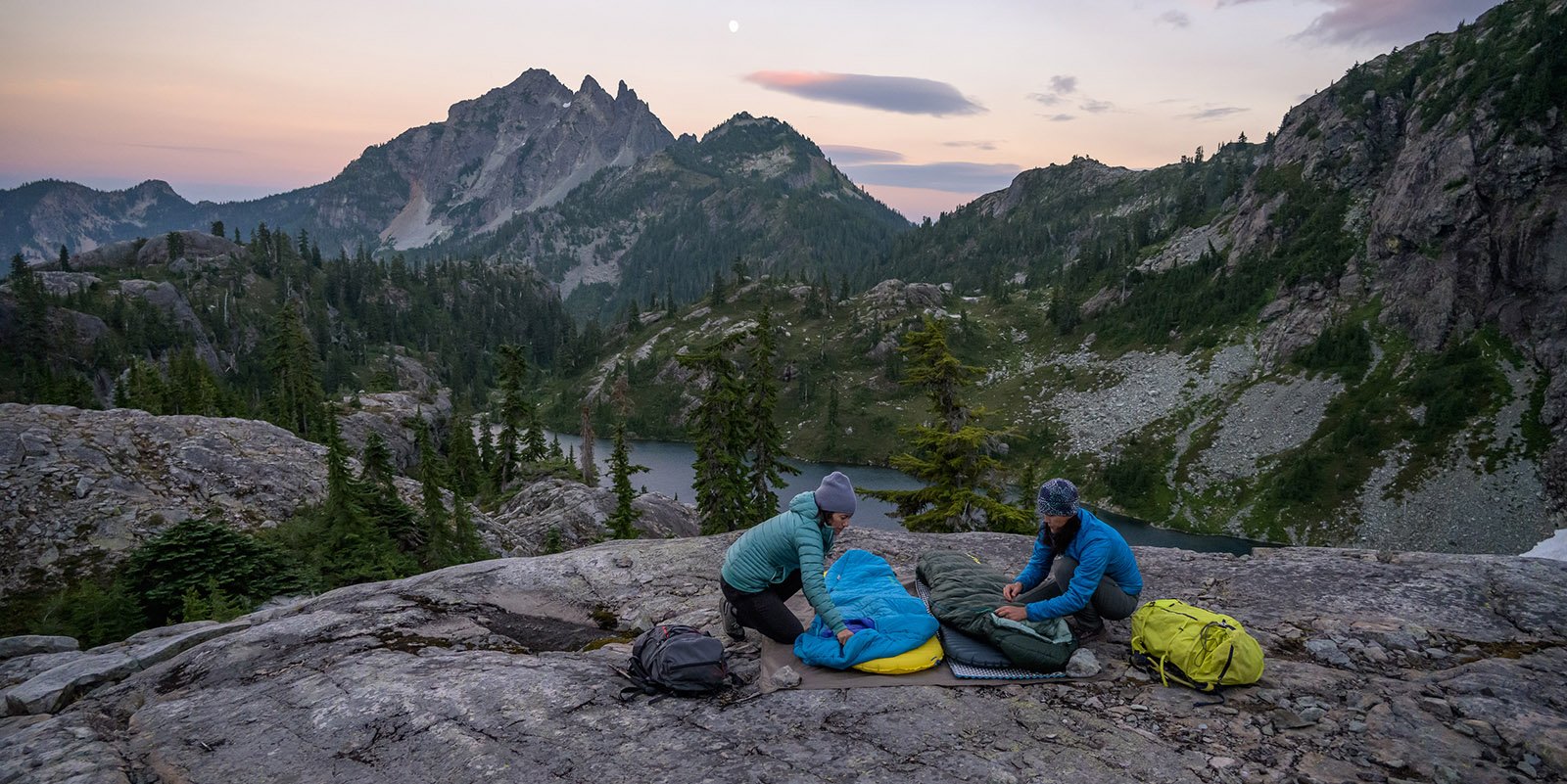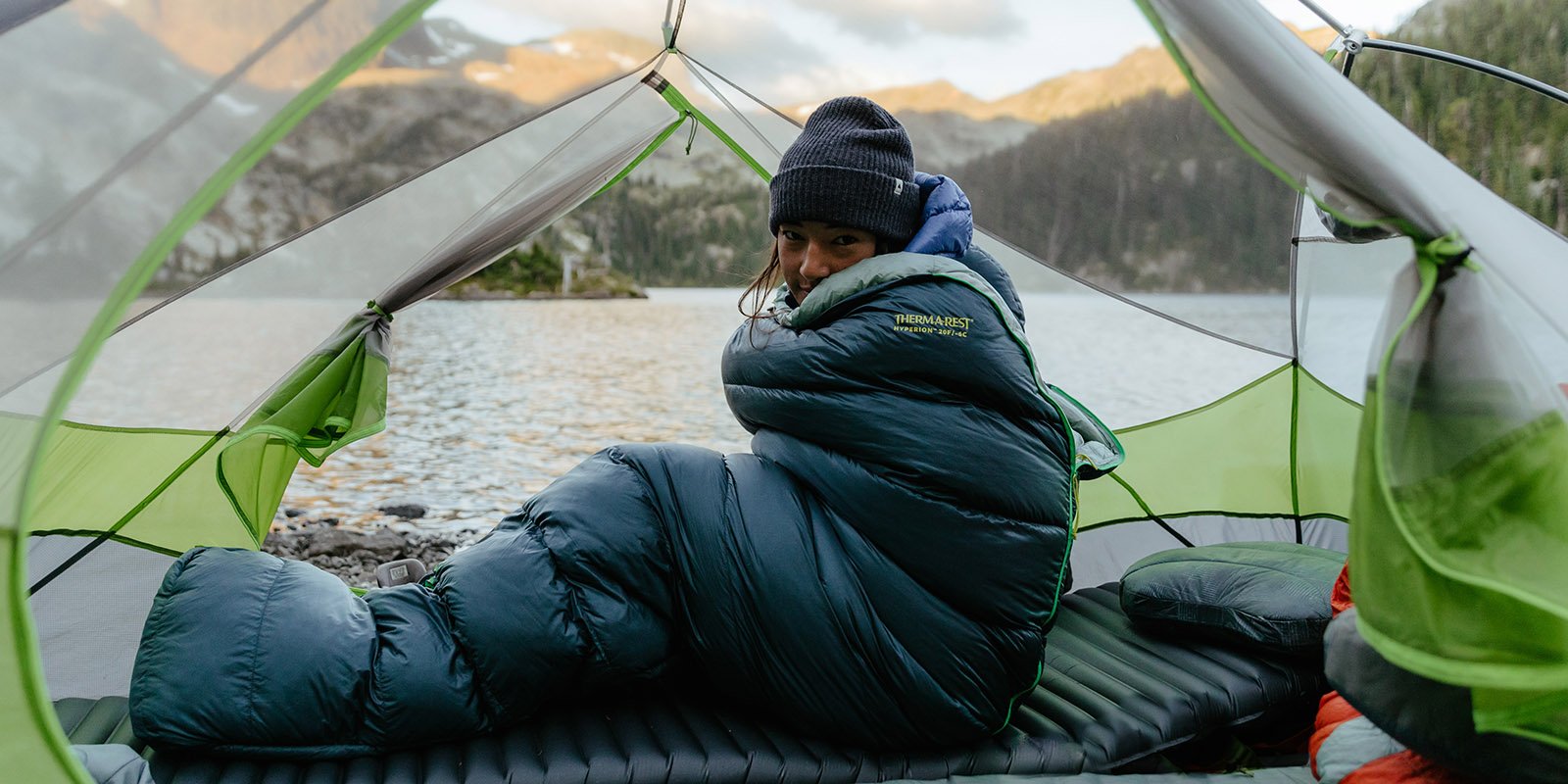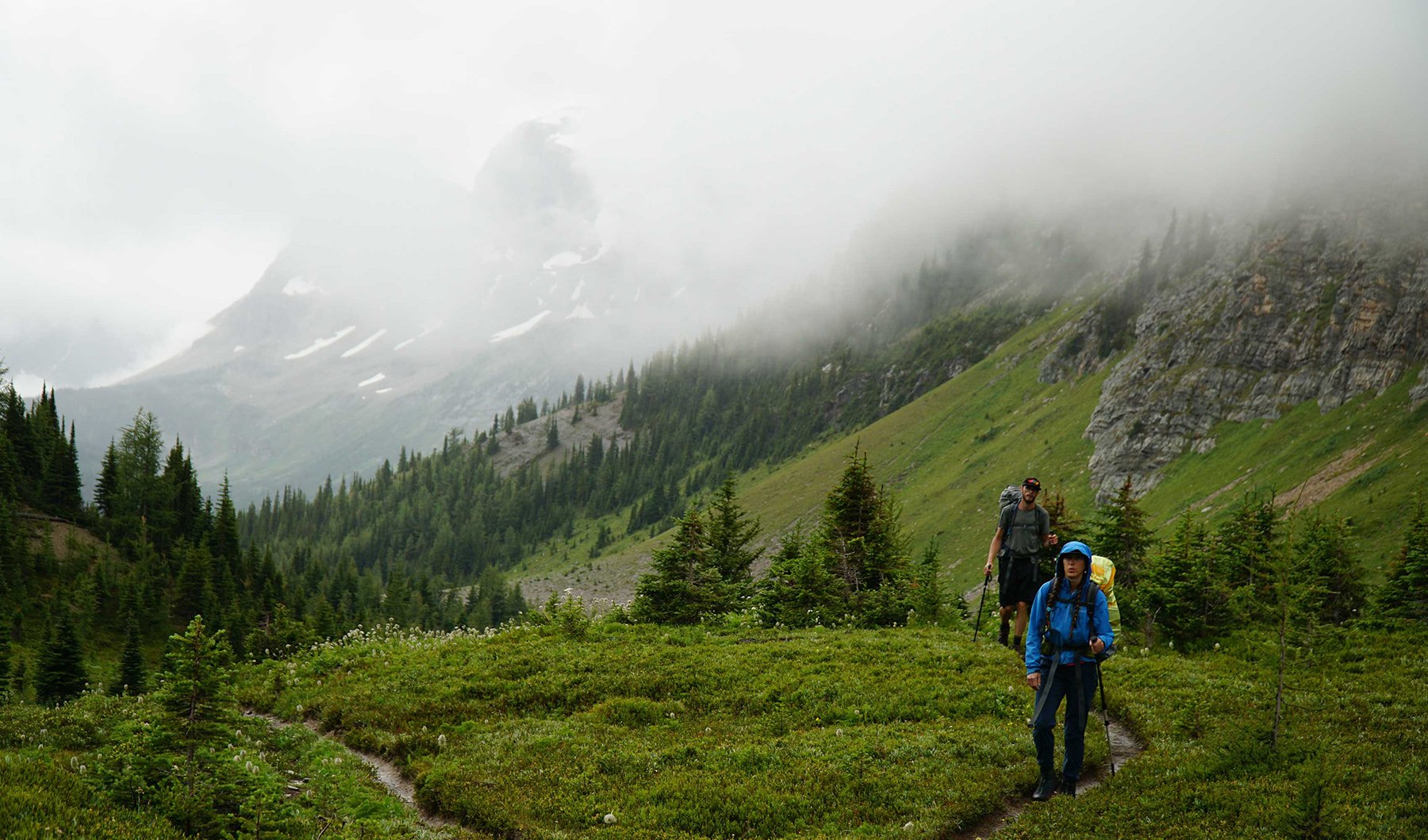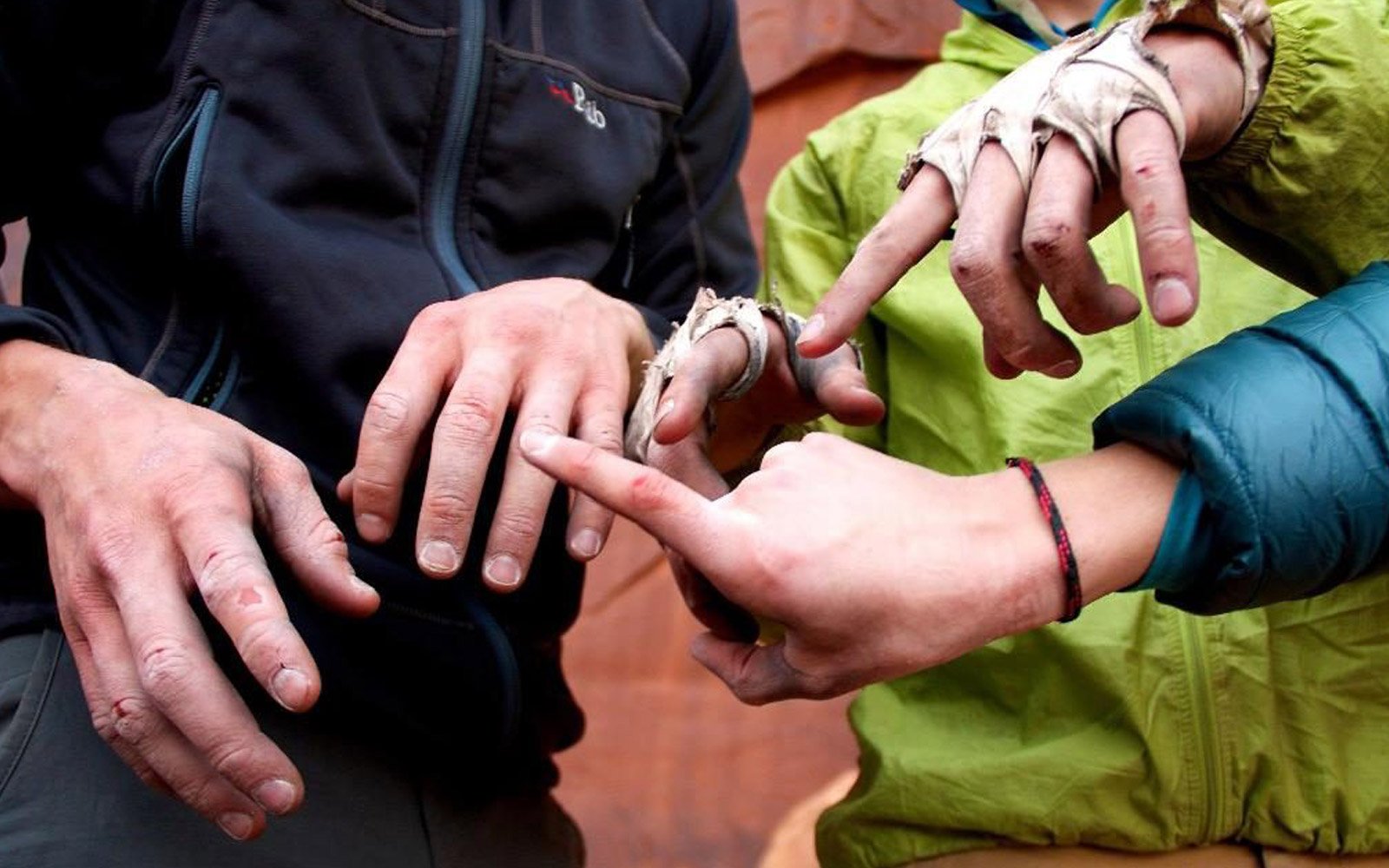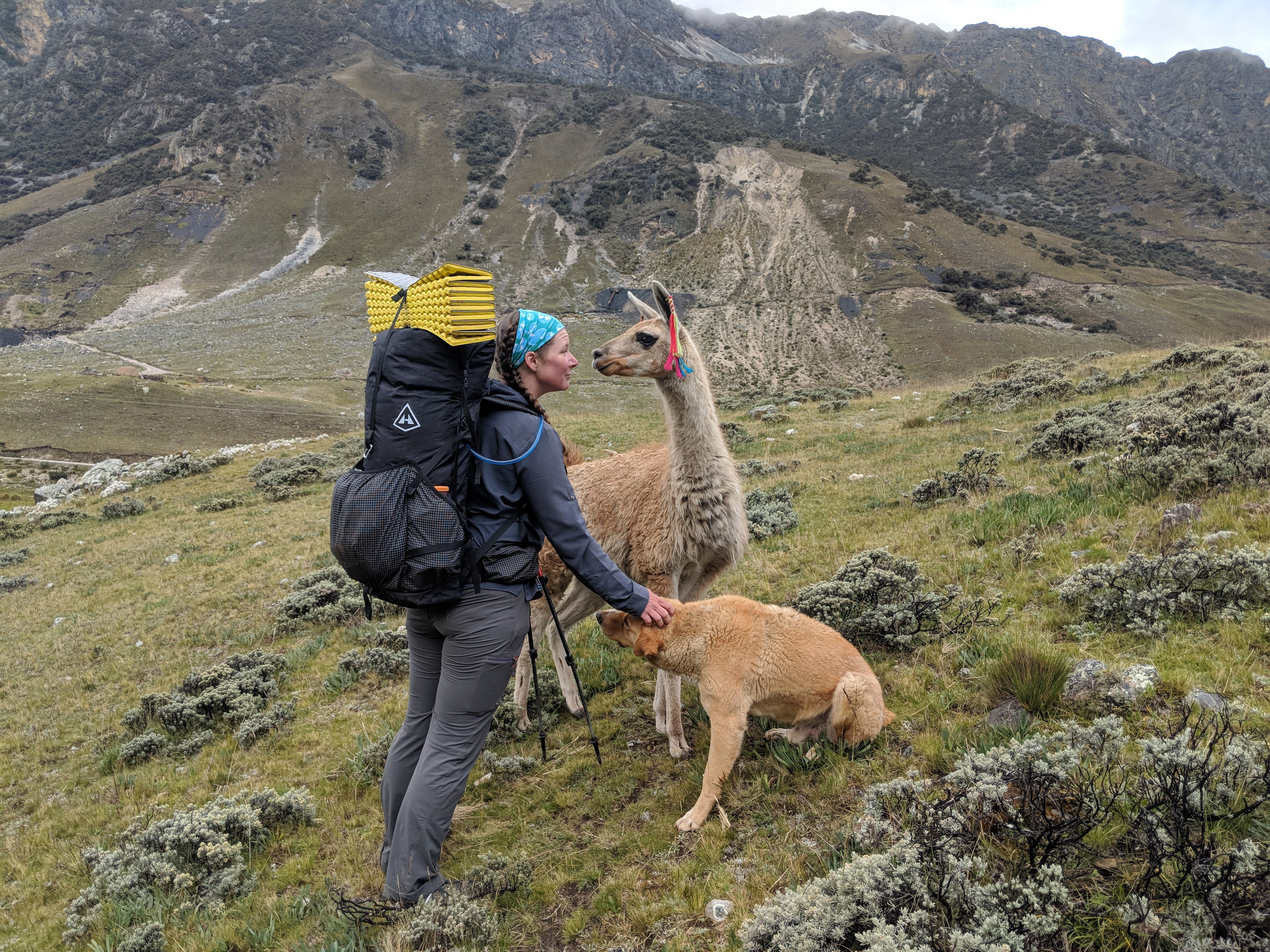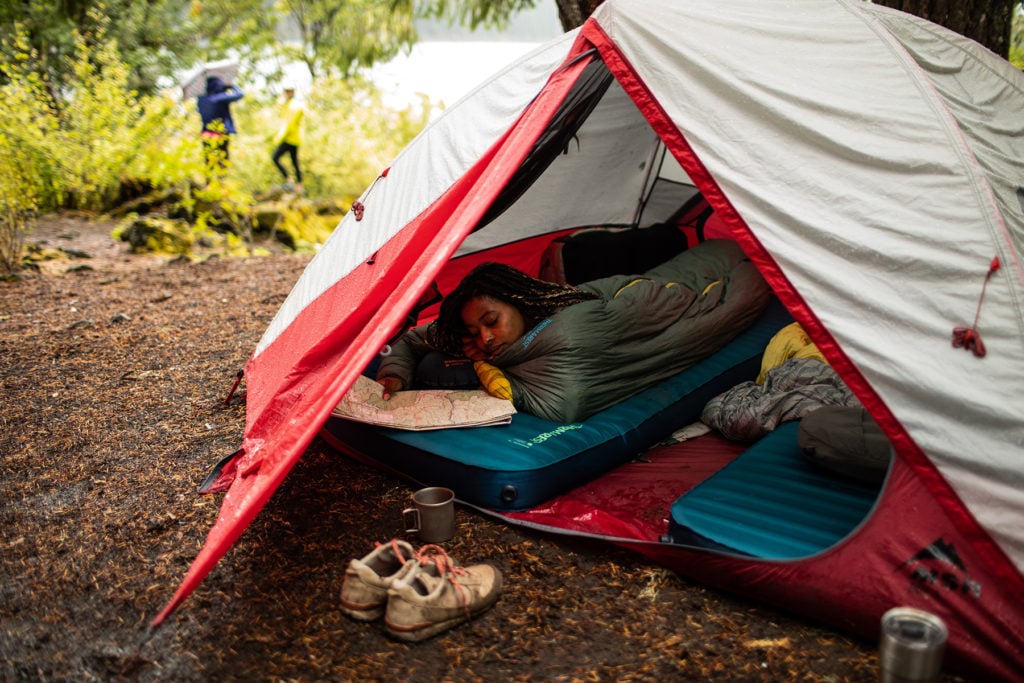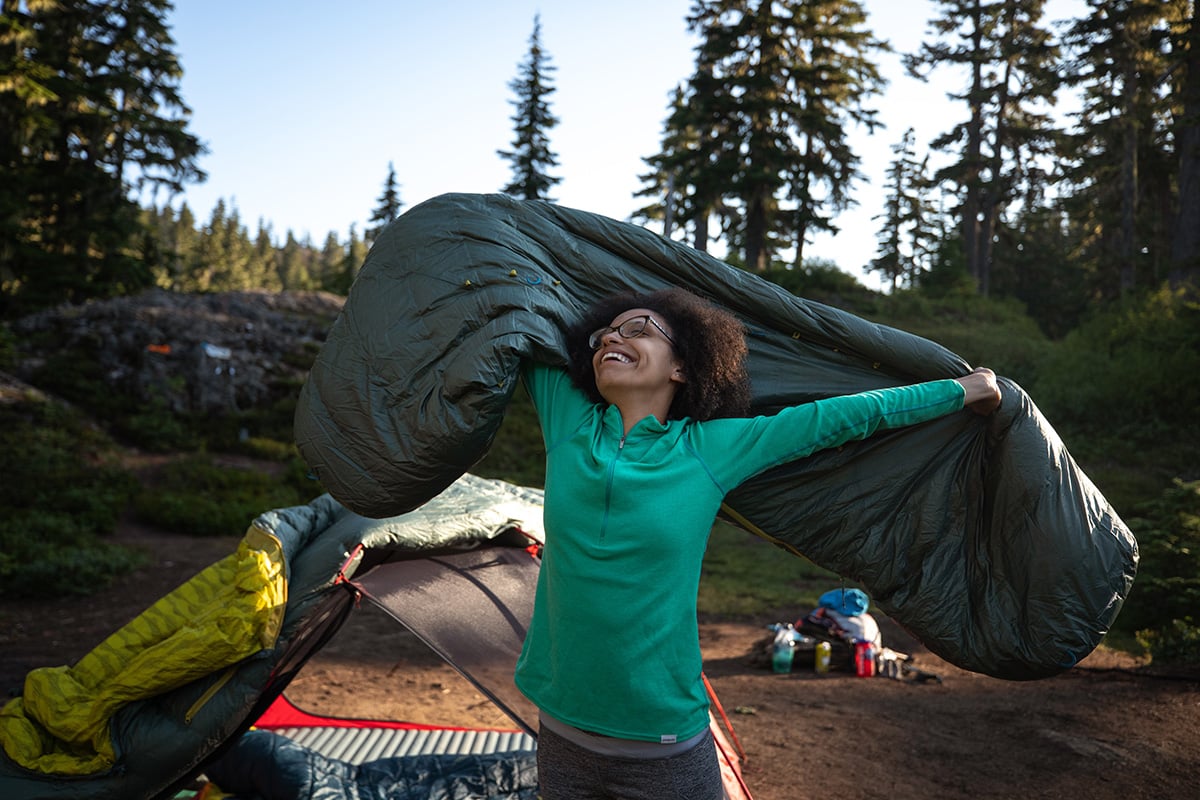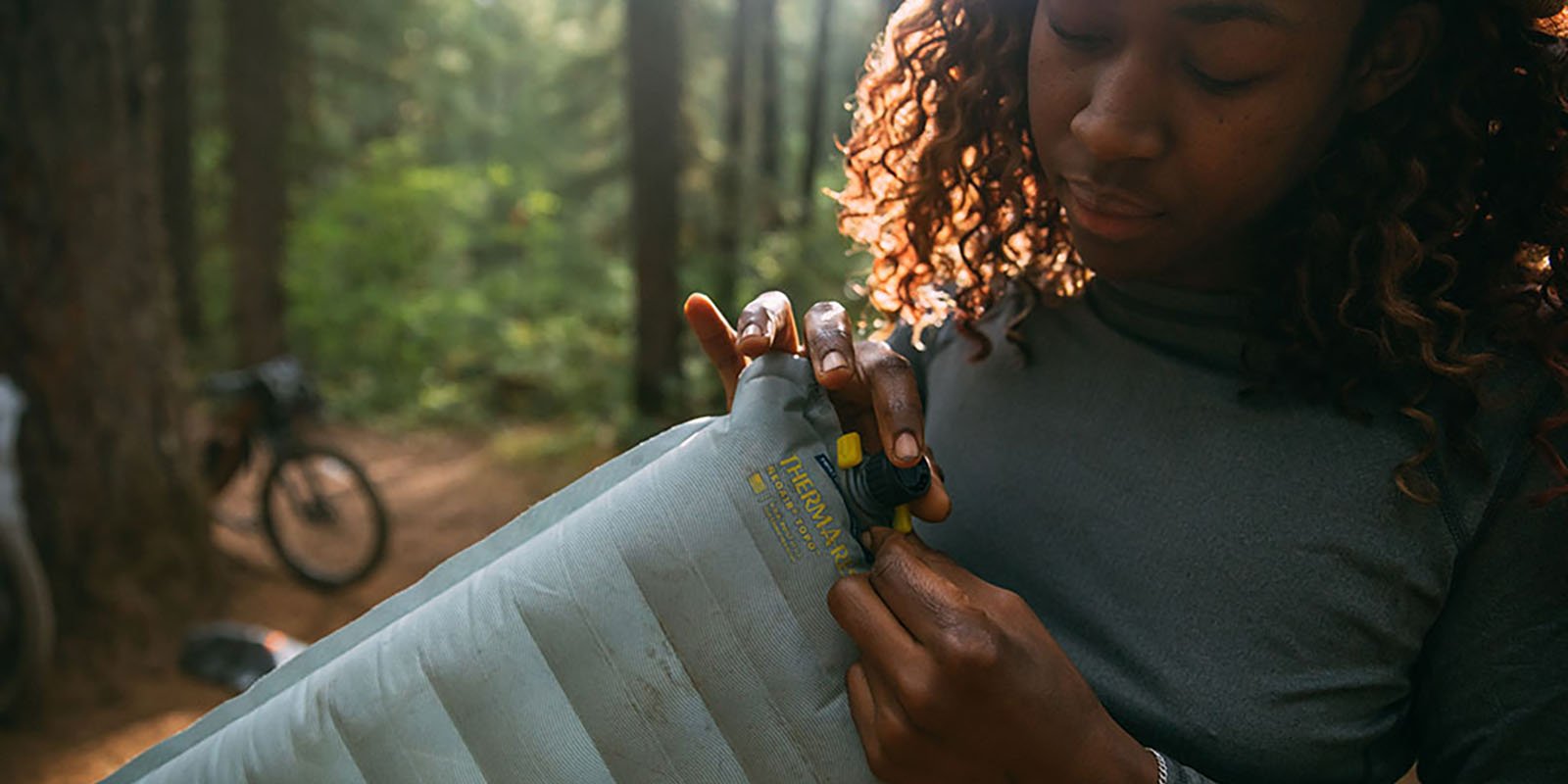By the time Friday rolls around, it can be hard to plan an epic backcountry weekend. You love getting out there, but between planning and packing, a backpacking trip might not be in the cards. However, car camping can offer an easier and just as satisfying reward, with a lot more comfort. After waking up well-rested on your 4-inch air mattress and enjoying a gourmet breakfast on your two-burner stove, the possibilities are just about endless. Explore granite faces, log long miles on your trail runners, or catch the sun’s last rays from a rocky summit before returning to your little camp paradise. Use these 14 car camping tips for an epic weekend of the four-wheeled variety.
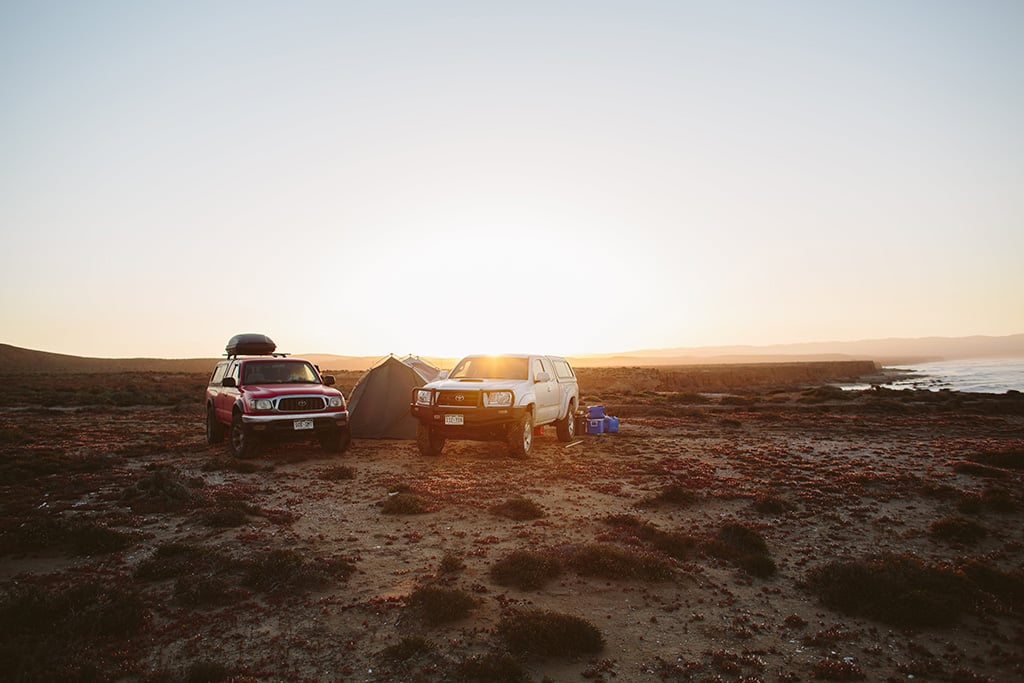
Pre-Arrival Car Camping Tips
1. Fill ‘er Up
It may sound obvious, but it’s important to start your weekend with a full tank of gas. There’s nothing worse than getting out on the Forest Service roads and watching the ominous gas light turn on. Fill up as close to the end of the pavement as possible to keep your options open. Though it sounds hardcore, carrying a jerry can or two of fuel on the outside of your vehicle can be a lifesaver (and adventure maker!) in remote areas.
2. Bring Lots of Water
Start your weekend with as many full water bottles and reservoirs as possible. Weight isn’t an issue since you won’t be lugging it around on your back, and having lots of water gives you peace of mind. Use every gas station, visitor center and restroom as an opportunity to top off, and always bring a solid water filtration system just in case.
3. Be Luxurious
Bring a thick air mattress, a two-burner stove, pillow and a cooler full of great food. Splurge on a nice cooler too, and and you can make a few bags of ice last 2-3 days. If you can spring for it, an iceless, 12V electric cooler is a game-changer. Since you’re not backpacking, capitalize on the lack of weight or space constraints. Have a stuffed animal or favorite bedtime novel? Bring it.
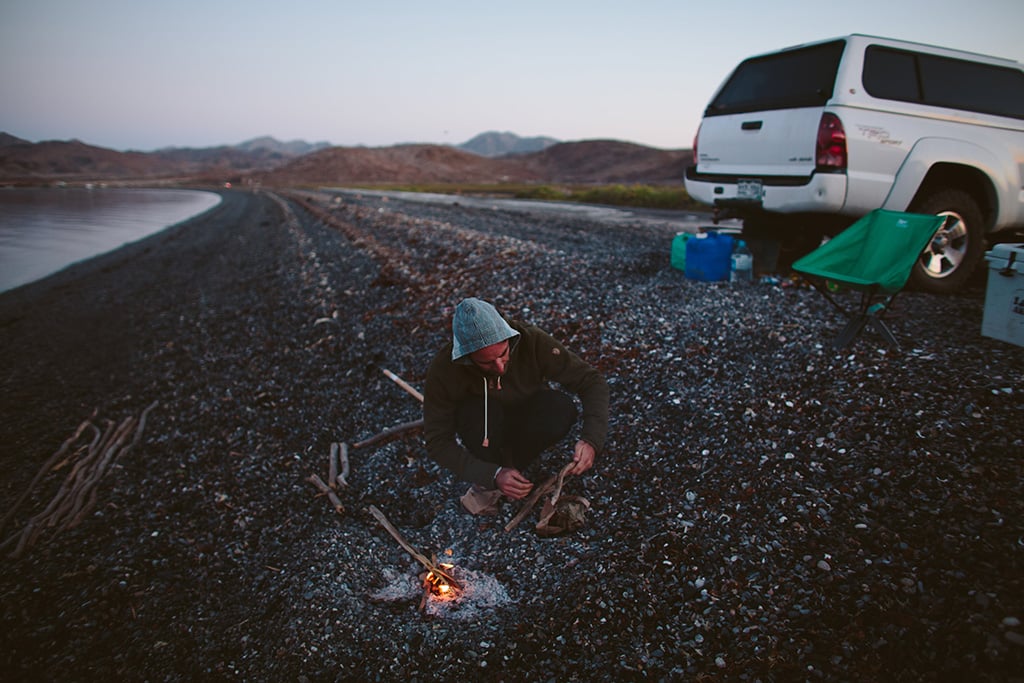
Tips for Picking a Car Camping Site
4. Don’t Limit Yourself to Paid Campgrounds
One of the beauties of public land is that you can camp for free, right near your car. Follow these guidelines to choose a site, and be sure to call the local land management agency for specific regulations.
5. Burn Right
If you think you’ll want to make a fire, be sure to check the latest burn regulations for the land you’re on. Just seeing a fire pit doesn’t mean fires are allowed. Never, ever have a fire if a burn ban is in effect – even in established fire rings. Another good rule of thumb is to never have a fire in windy conditions, regardless of fire danger. When in doubt, skip the fire and enjoy the stars.
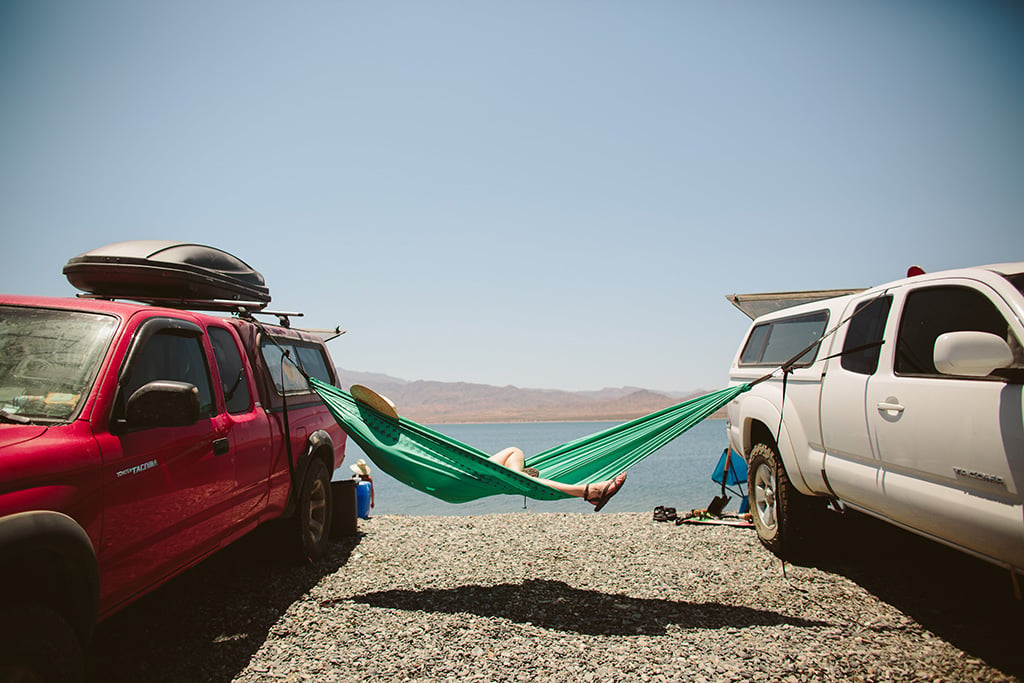
Car Camping Tips for Arrival
6. Turn the Lights Off Inside Your Car
You’ll probably be opening the doors frequently, so save your battery by keeping the indoor lights in the “permanently off” position, and carry jumper cables in case of a dead battery.
7. Use Your Car as a Staging Area
No need to unpack every last item: leave some things, like your daypack, extra food, and extra clothes, in the car. This helps you stay organized and ensures you have some reserve supplies in the rare event that your campsite gets deluged.
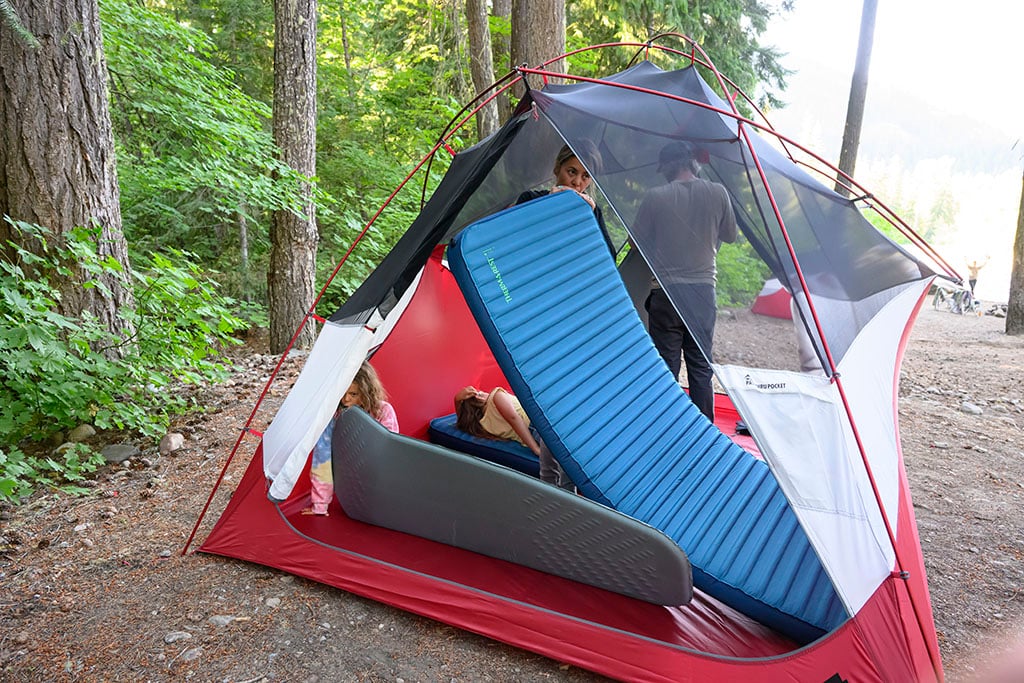
Car Camping Tips for Set-Up
8. Pick a Safe Spot for Your Tent
Scan the site for dead or overhanging branches and trees. Set up your tent in a flat, well-drained area.
9. Build Your Dream Kitchen
Rule #1: Bring a table and chairs. Using your cooler as a table is a real hassle and a folding, standing-height table packs small and is invaluable to smooth meal prep. This one even turns into a coffee table for sitting around and playing games on after dinner.
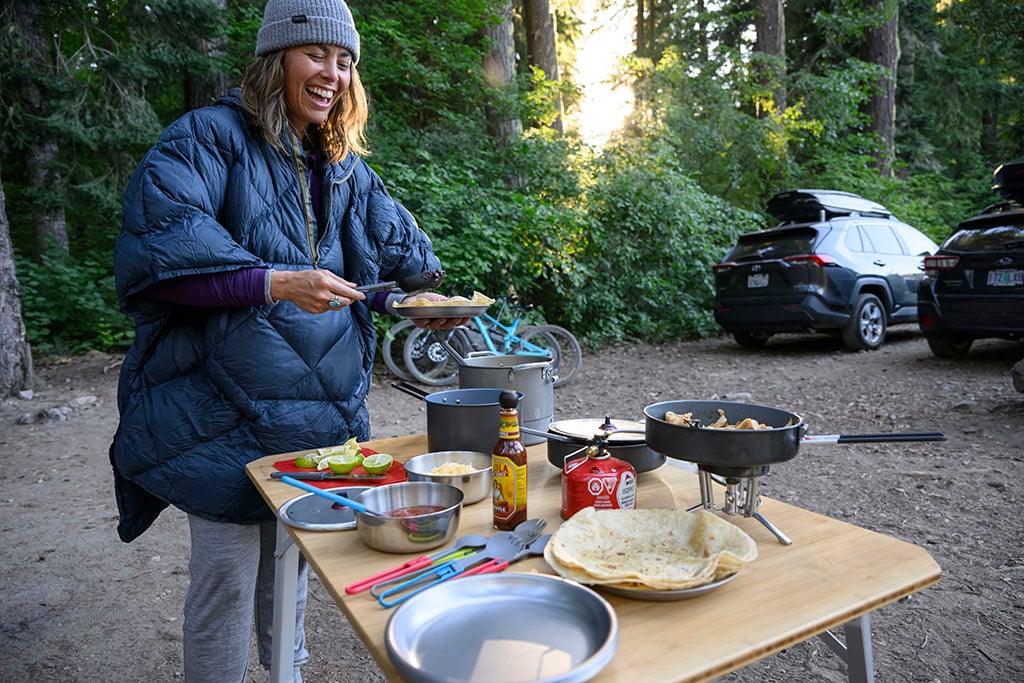
Car Camping Tips
10. Waste Disposal
It’s important to practice Leave No Trace (LNT) by packing out all garbage. If you’re in a place with access to waste bins, like trailheads or visitor centers, take the opportunity to throw out your garbage. As for poop, use toilets whenever possible. If no toilets are available, it is now common on many areas to use WAG bags. Too often toilet paper and poop are everywhere around remote campsites and it’s just getting gross and dangerous out there. Honestly, pooping in a bag is way better than camping around hundreds of poorly disposed of poops.
11. Store Food Properly
Storing food and cooking equipment in the car can prevent hungry critters from setting up shop on your site and be an easy way to keep things out of your tent. In some areas though, such as Yosemite, Yellowstone or in grizzly country, it can be an invitation to disaster. Even habitualized rodents know how to get into cars – especially pick-up tricks. Fortunately, bear (and rodent)-proof food lockers are available in many developed areas with know bear issues. Be sure to check local regulations and suggestions. Hanging your food or using bear canisters might still be the best option in some areas.
12. Stay Organized
Develop a mental map of where everything is in your car. You don’t need meticulously organized bins– distinct heaps will do, as long as you stick to the system. This allows you to spend more time enjoying the outdoors and less time rummaging around for that spork that you swear is under the driver’s seat, but come to think of it, it might be in the glove compartment…
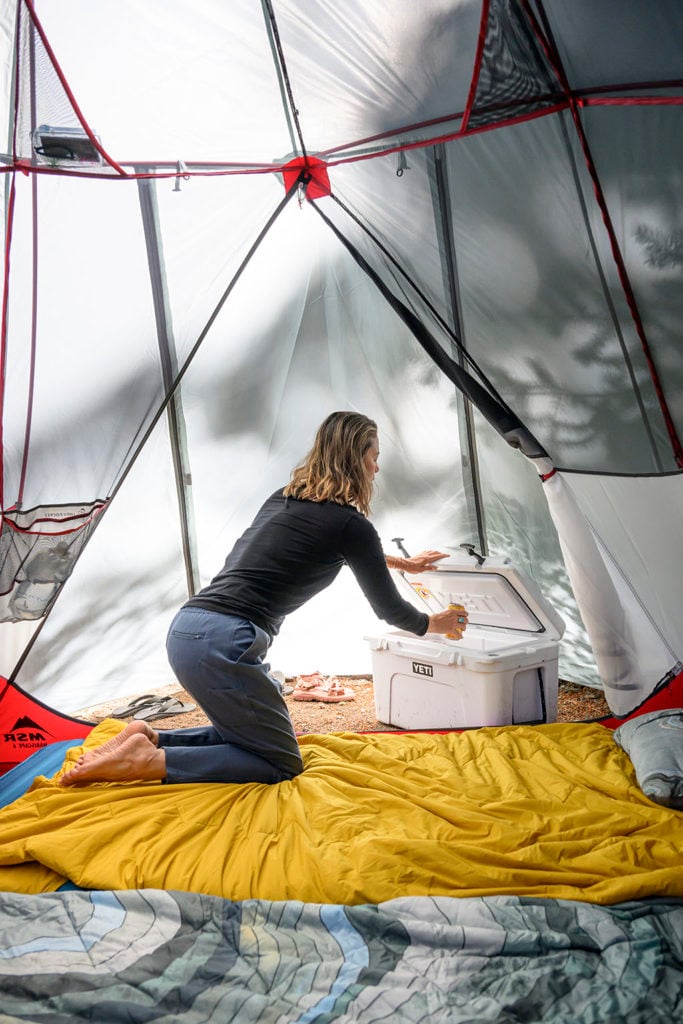
Car Camping Tips for Departure
13. Leave it Squeaky Clean
Pick up all trash left behind by previous hooligans (especially in the fire pit). A good rule of thumb is to leave the site better than you found it.
14. Say Thanks
On your way out, stop by the visitor center or ranger station to tell the staff how much you enjoyed your visit and to thank them for all the work they do to keep these areas open and accessible.
Related Posts:
- How to Camp in Your Car Successfully
- How to Build Your Car Camping Sleep System
- The Access Fund’s Guide to Car Camping like a Pro
Updated. Originally Published May 8, 2018.
